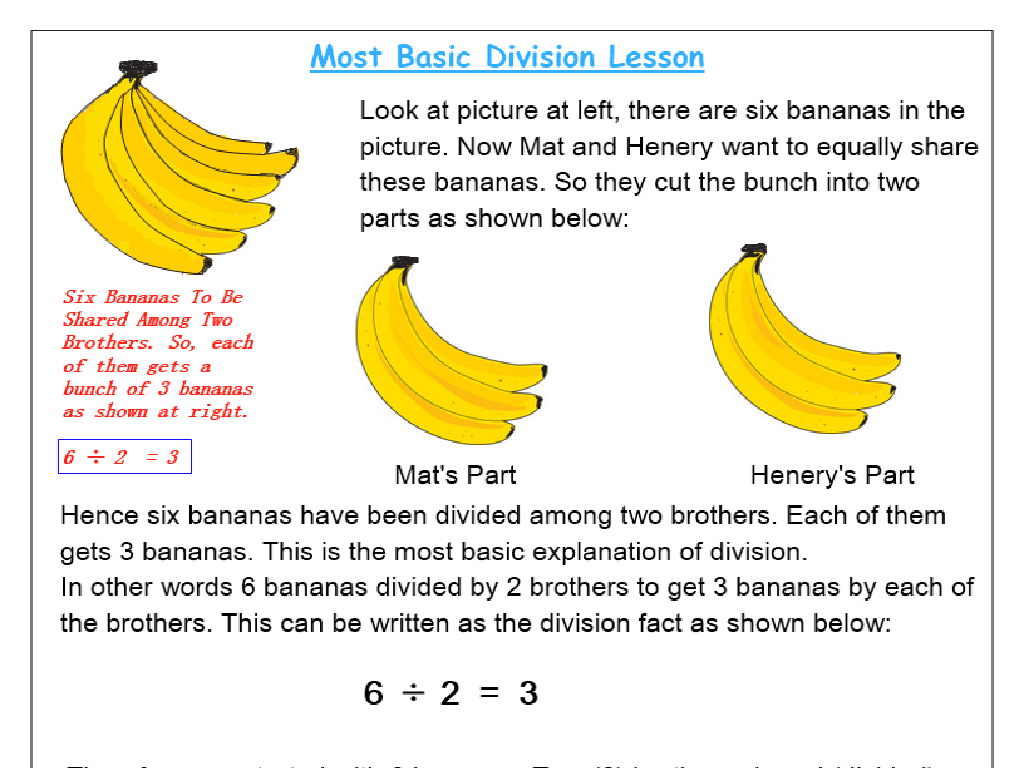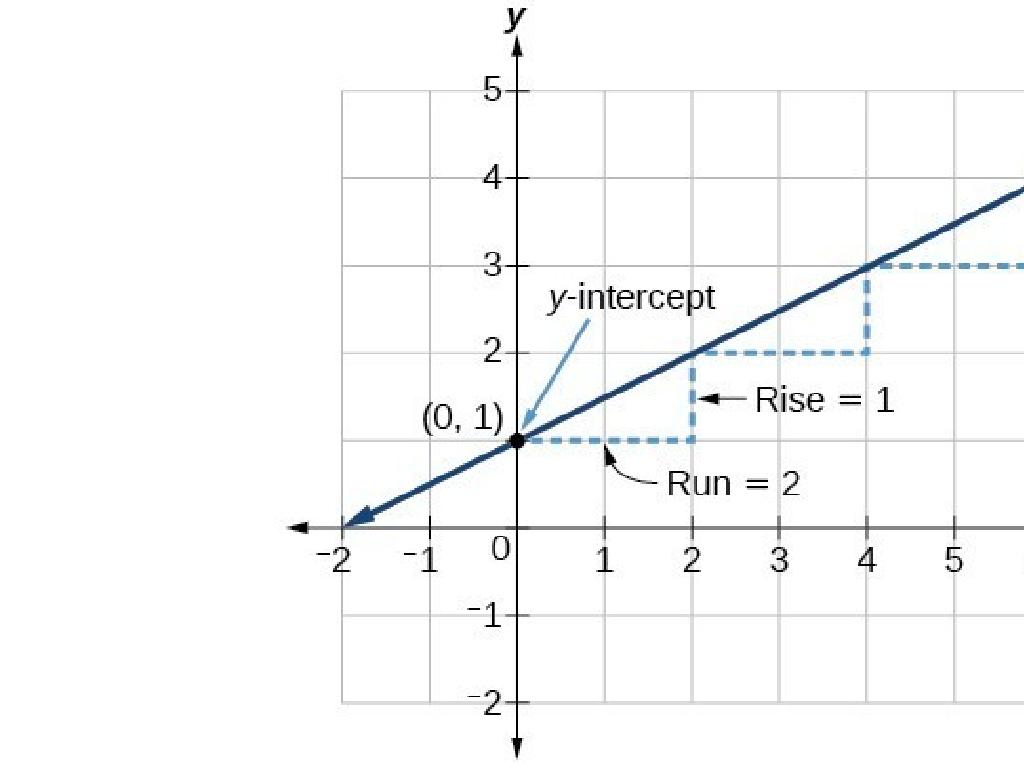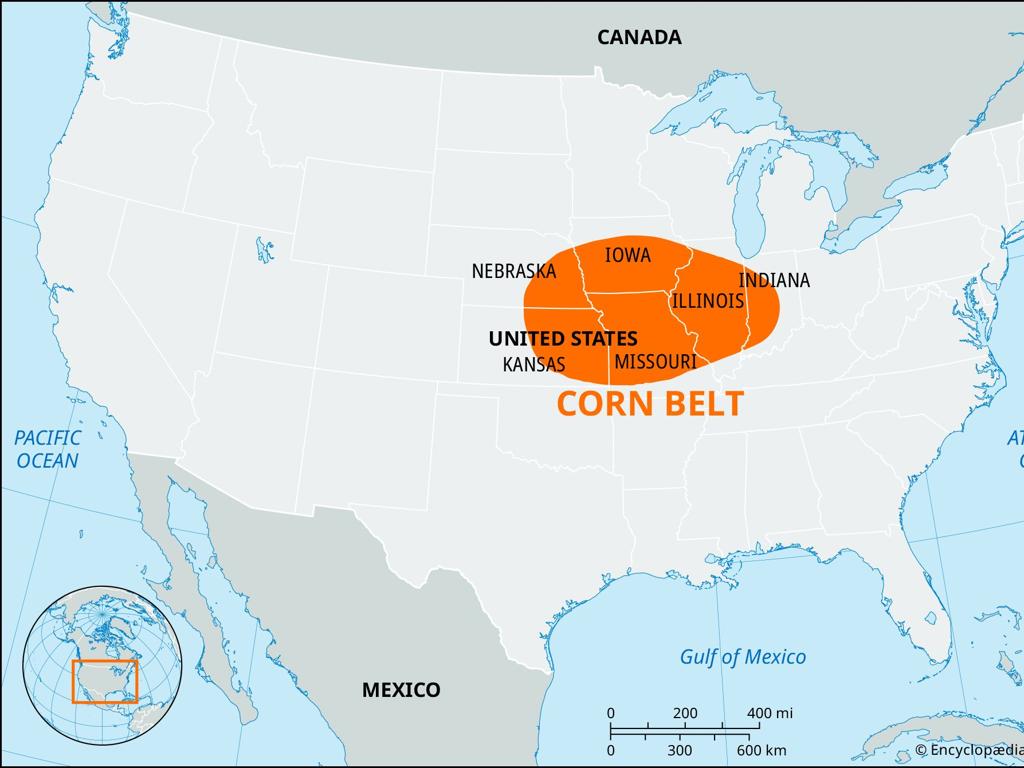Identify Main Verbs And Helping Verbs
Subject: Language arts
Grade: Sixth grade
Topic: Verb Types
Please LOG IN to download the presentation. Access is available to registered users only.
View More Content
Verb Types: Main Verbs & Helping Verbs
– Define main and helping verbs
– Main verbs express the main action. Helping verbs assist the main verb.
– Role of verbs in sentences
– Verbs are the action words in a sentence that tell us what the subject is doing.
– Importance of verb identification
– Knowing different types of verbs helps us form correct sentences and enhances our writing.
– Examples and usage in sentences
– ‘She is dancing.’ (is: helping verb, dancing: main verb)
|
This slide introduces the concept of main verbs and helping verbs, which are essential components of English grammar. Main verbs are the primary action words in a sentence, while helping verbs assist the main verb to express tense, mood, or voice. Understanding the role of verbs is crucial for students as it helps them grasp how sentences are constructed and conveys the actions or states of being of subjects. Emphasize the importance of recognizing verbs to improve sentence structure and clarity in writing. Provide examples to illustrate how main and helping verbs work together. Encourage students to practice by identifying verbs in sentences and determining which are main and which are helping.
Understanding Verbs: Action and Being
– Define a verb
A verb is a word that shows an action or a state of being.
– Verbs show action or state
Action verbs: run, jump, eat. State verbs: am, is, are.
– Examples of action verbs
Action verbs: dance, write, climb.
– Examples of state of being verbs
State of being verbs: seem, become, appear.
|
This slide introduces the concept of verbs to the students. Begin by defining a verb as a word used to describe an action or a state of being. Highlight that verbs are an essential part of a sentence because they tell us what the subject is doing or how they are. Provide clear examples of action verbs, which show physical or mental actions, and state of being verbs, which describe conditions or situations. Encourage students to come up with their own examples and use them in sentences to reinforce their understanding. This foundational knowledge will be crucial as they learn to identify main verbs and helping verbs in future lessons.
Main Verbs in Action
– Main verbs express main action
– Main verbs can show actions or states without help.
– Examples highlight main verbs
– ‘Runs’, ‘jumps’, and ‘thinks’ are main verbs in sentences.
– Activity: Find main verbs
– Look at sentences and underline the main verbs.
|
This slide introduces the concept of main verbs to the students. Main verbs are the most important verbs in a sentence because they are the words that tell us about the action or state of the subject. Provide clear examples where the main verbs are highlighted to illustrate their use in context. For the activity, present sentences where students must identify the main verbs. This will help them understand how to distinguish main verbs from helping verbs. Examples for the activity should be simple and clear, ensuring that students can grasp the concept without confusion. Encourage students to explain why they chose certain words as main verbs to facilitate a deeper understanding.
Exploring Helping Verbs
– Helping verbs support main verbs
– They add detail to how or when actions occur
– Common helping verbs list
– ‘is, are, was, were, has, have, do, does, did’
– Sentences with helping verbs
– ‘She has eaten.’ (has = helping, eaten = main)
– Understanding complete thoughts
|
This slide introduces the concept of helping verbs and their role in forming complete thoughts in sentences. Begin by explaining that helping verbs are used alongside main verbs to provide additional detail about the action or state of being. Provide the list of common helping verbs and ensure students can identify them in sentences. Use examples to illustrate how helping verbs and main verbs work together. For instance, in the sentence ‘She has eaten,’ ‘has’ is the helping verb that helps to express the perfect aspect of the main verb ‘eaten.’ Encourage students to create their own sentences using a mix of helping verbs from the list provided.
Identifying Main Verbs and Helping Verbs
– Finding the main verb
– The main verb shows the action or state of being.
– Detecting a helping verb
– Helping verbs work with the main verb and can change its tense.
– Sentence breakdown examples
– ‘She is running fast’ – ‘is’ is the helping verb; ‘running’ is the main verb.
– Practice identifying verbs
– We’ll analyze sentences together to spot main and helping verbs.
|
This slide introduces students to the concept of main verbs and helping verbs. Start by explaining that the main verb is the word in the sentence that shows the primary action or state of being. Then, discuss how helping verbs (also known as auxiliary verbs) assist the main verb to indicate nuances of time or mood. Use clear examples to show how to identify these verbs within sentences. For instance, in the sentence ‘She is running fast,’ ‘running’ is the main verb that shows the action, while ‘is’ is the helping verb that helps to form the present continuous tense. Encourage students to practice by breaking down sentences and identifying the verbs. Provide additional examples and exercises for students to work on individually or in groups.
Let’s Practice: Main Verbs & Helping Verbs
– Activity: Identify verbs in sentences
– Underline main verbs, circle helping verbs in provided examples
– Discuss roles of main & helping verbs
– Share thoughts on why verbs are categorized as such
– Review and correct answers as a class
– Go through answers together, ensuring understanding
– Clarify any misunderstandings
– Address any confusion, reinforce learning
|
This slide is for a class activity focused on identifying main verbs and helping verbs. Provide students with sentences and have them underline the main verbs and circle the helping verbs. Facilitate a class discussion to explore why each verb is classified as main or helping, which will deepen their understanding of verb functions. After the activity, review the answers collectively, correcting any mistakes and clarifying points of confusion. This collaborative approach helps students learn from each other and reinforces the lesson. Be prepared with examples and explanations to clear up any misconceptions. Encourage participation and praise effort to create a supportive learning environment.
Your Turn to Shine: Main & Helping Verbs
– Write sentences with main & helping verbs
– Exchange papers with a partner
– Identify the verbs in each sentence
– Volunteer to share with the class
|
This slide is designed for independent practice where students apply their understanding of main verbs and helping verbs by crafting their own sentences. Encourage creativity and the use of different verbs learned during the lesson. After writing, students will partner up to review each other’s sentences and identify the main and helping verbs used. This peer review process reinforces learning through collaboration. Selecting volunteers to share their sentences with the class will provide an opportunity for public speaking and further reinforce the lesson’s objectives. As a teacher, be prepared to offer positive feedback and gentle corrections to ensure students feel confident in their understanding of verb types.
Game Time: Verb Relay!
– Engage in Verb Relay Game
– Students split into teams
– Race to identify verbs
– Each team takes turns quickly finding verbs in sentences
– Focus on main and helping verbs
– Main verbs stand alone, helping verbs assist the main verb
|
This interactive class activity is designed to reinforce the lesson on main verbs and helping verbs. Divide the class into small teams, and set up a relay where each student must identify a main or helping verb in a sentence before passing the baton to the next team member. The first team to finish with all correct answers wins. This game encourages teamwork, quick thinking, and application of the lesson. Possible sentences for the activity could include: ‘She is running fast,’ ‘He can swim,’ or ‘They have been studying.’ Prepare a list of sentences with varying complexity to accommodate different skill levels. Remember to review the rules of the game and the definitions of main and helping verbs before starting.
Conclusion & Homework: Verb Types
– Recap main and helping verbs
– Remember, main verbs show action or state, and helping verbs assist them.
– Significance in writing
– Knowing different verbs enhances your writing skills.
– Homework: Verb identification worksheet
– Complete the worksheet by identifying verbs in sentences.
– Practice makes perfect
|
As we wrap up today’s lesson, it’s important to review the concepts of main verbs and helping verbs. Main verbs are the core of the sentence’s action or state of being, while helping verbs modify, or ‘help,’ the main verb to create a specific tense or mood. Understanding these verb types is crucial for students as it allows them to write more clearly and effectively. For homework, students will receive a worksheet where they will practice identifying the main and helping verbs within given sentences. This will reinforce their learning from today’s lesson and prepare them for more advanced writing tasks. Encourage students to approach the homework with the understanding that practice is key to mastery.

/civil_war_history_materials.jpg)




